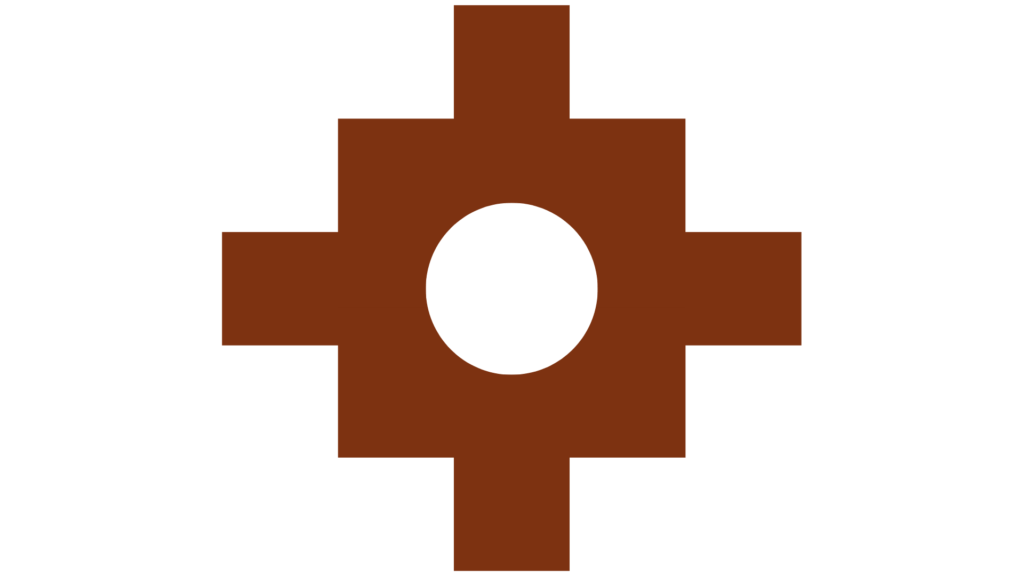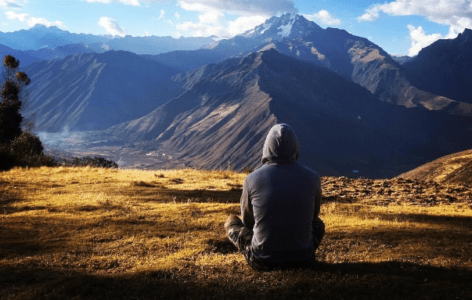Chacana is an Inca symbol, represented by an Andean cross, formed by four steps of three rungs each.
The two upper steps correspond to the ‘ideal’ world.
The right ladder encompasses the cosmogonic theory, while the left ladder explains the theory of the three worlds.

The lower and inner steps correspond to the ‘real’ world.
The left steps encompass norms of conduct and the basic principles of human relations, while the right steps signify the unalterable hierarchical order of political, social, and religious relationships.
Upper right side of Chacana

First Step
Explains the conception of the universe.
For the Incas, the supreme creator of all things is Illa Tecse Wiracocha Pachayachachic, and the first step is reserved for him.
He is the creator god of the sky and the earth, the Omnipotent Lord who created the entire universe from his ‘chuspa’ (bag).
Second Step
The sun occupies the second step; he is a living and daily god who rewards and punishes directly. He is the god of nature, and humans rely on him for the timing of planting and harvesting, for festivals and love, and also for death.
Third Step
The third step is occupied by the ‘Mallquis,’ tutelary deities specific to each individual, such as the Huacas and Apus, rivers, mountains, and trees. These gods are the sources of life and are the origin of the ayllus and the runas (people).
The upper left side of Chacana

Hanaq Pacha
The ‘upper world,’ is before life and occupies the first step. In this realm, the tutelary deities, the apus, live.
In this first world full of mythology, the gods of mountains, rivers, and stones, along with trees, animals, and natural phenomena, coexist as animated beings with hunger, thirst, and desires.
These Andean gods inhabit a magical, real, and conscious universe.
This dreamlike world is also accessed by Andean people after their death.
Kay Pacha
This life, spans from birth to death.
It is an ordered and predetermined existence.
The Quechuas did not have a fatalistic outlook; they believed that upon entering the world, individuals must fulfill a specific role within the order and harmony of Inca society.
Uchu Pacha
The afterlife, is where it is believed that after death, a person integrates with nature, returning to their Paccarina (place of origin), buried beneath trees or in terraces, serving as nourishment for plants that sustain the life of the Andean people.
References:
Candia Muriel, C e Iwaki Ordoñez, R (1994) El intitake y símbolos andinos. Cuadernos Andinos Nº1.



